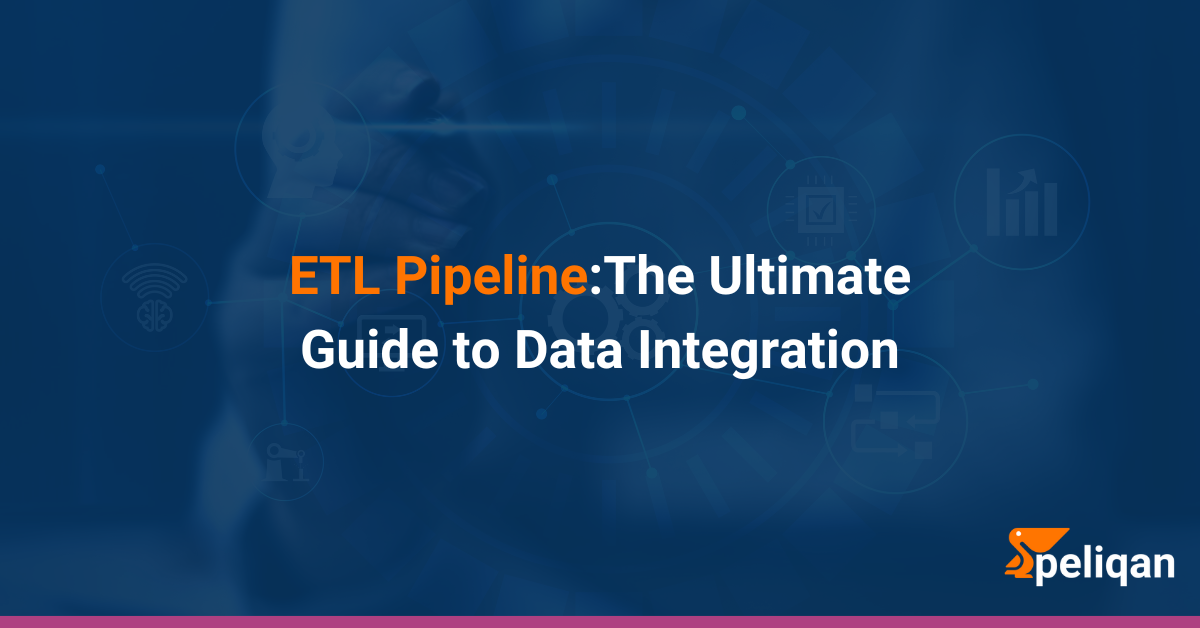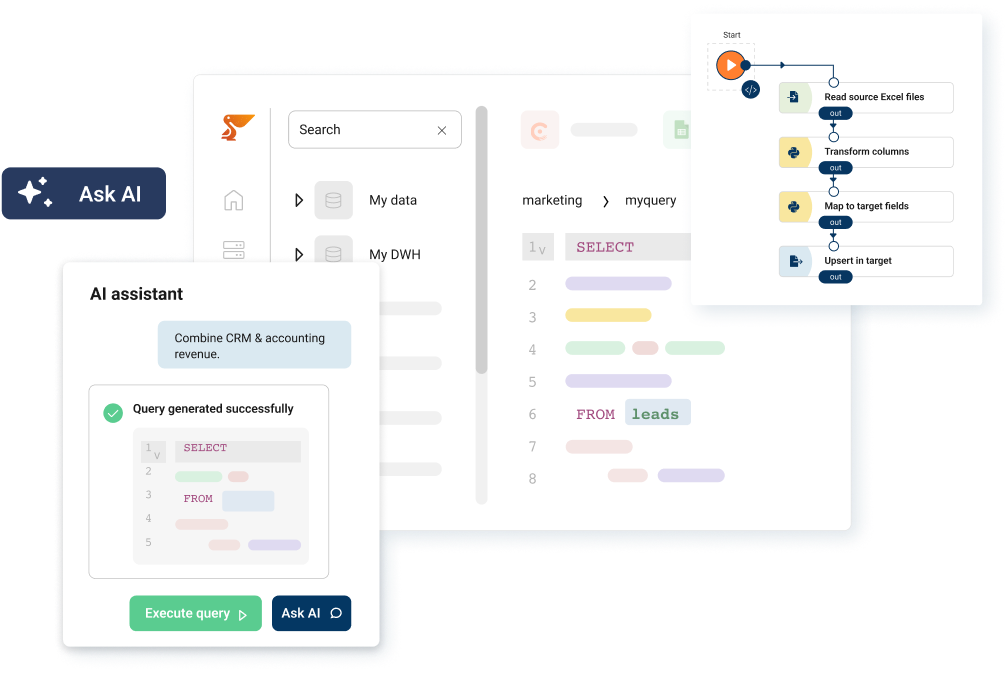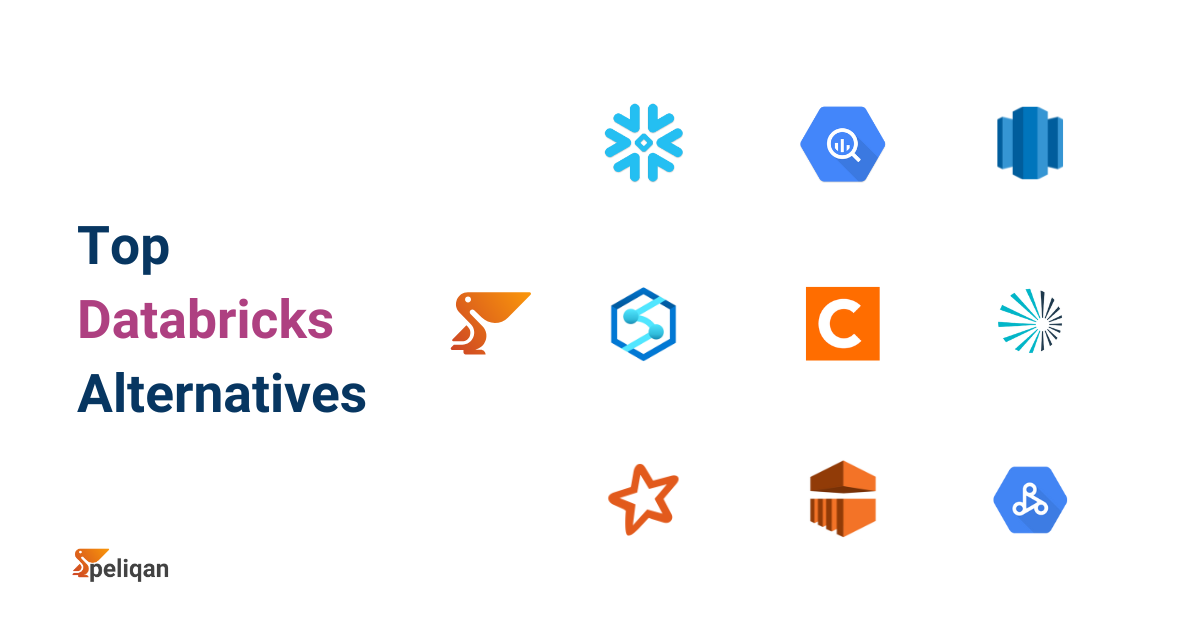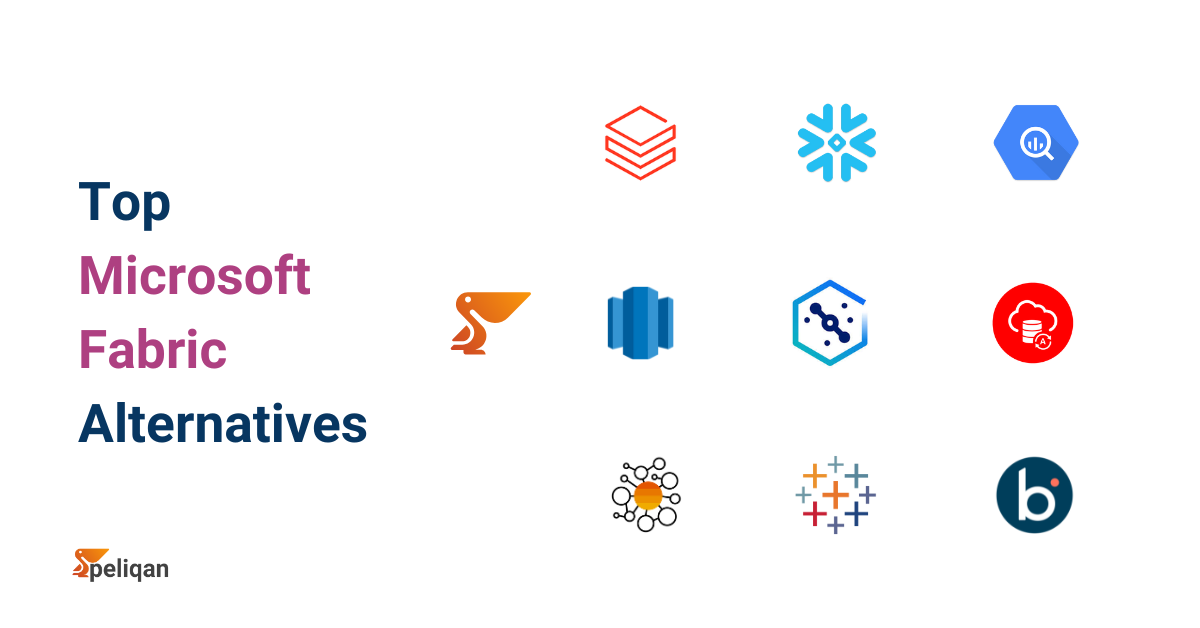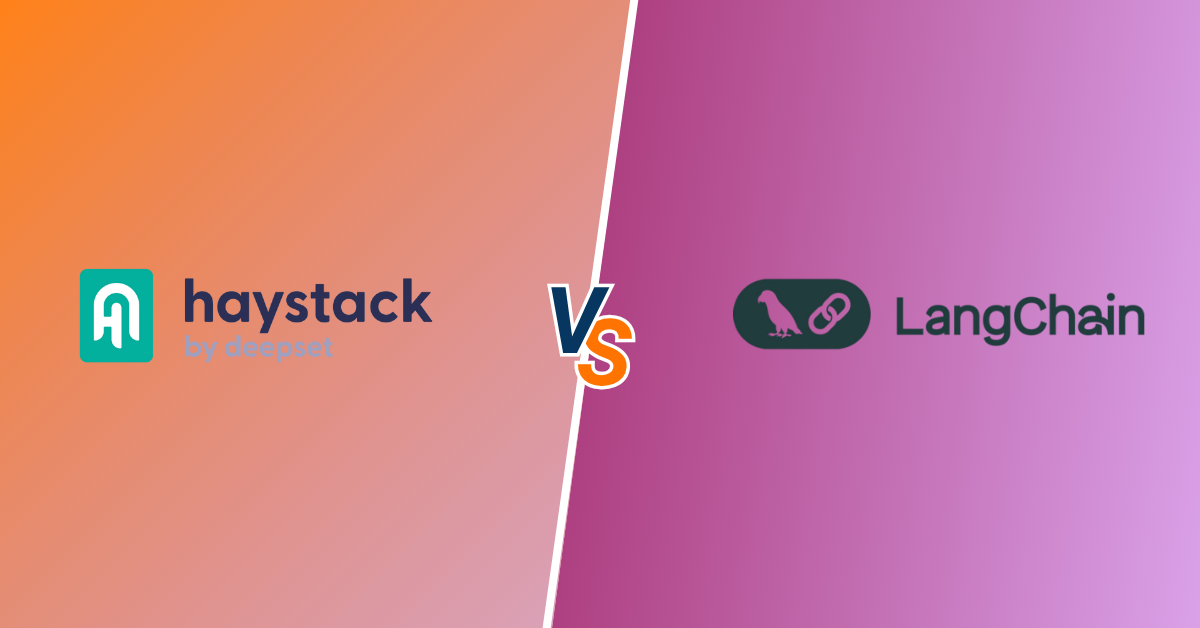In today’s data-driven business landscape, organizations are constantly seeking ways to harness the power of their information assets. Enter the ETL pipeline – a crucial component in the data management ecosystem that enables businesses to extract, transform, and load data efficiently.
This comprehensive guide will delve into the intricacies of ETL pipelines, their benefits, implementation strategies, and best practices to help you master this essential data integration technique.
What is an ETL Pipeline?
An ETL pipeline is a set of processes designed to extract data from various sources, transform it into a usable format, and load it into a target system for analysis and decision-making. This automated workflow ensures that data is consistently processed, cleaned, and made available for business intelligence and analytics purposes.
Key Components of an ETL Pipeline
- Extract: Gathering data from multiple sources
- Transform: Cleaning, formatting, and standardizing the data
- Load: Transferring the processed data into a target system
By streamlining these processes, ETL pipelines play a crucial role in data integration, enabling organizations to make informed decisions based on accurate and up-to-date information. As we explore the inner workings of ETL pipelines, we’ll discover how they can revolutionize data management for businesses of all sizes.
Let’s dive deeper into each component to understand their significance in the data integration process.
The Anatomy of an ETL Pipeline
Understanding the mechanics of an ETL pipeline is essential for leveraging its full potential. Let’s break down each stage of the process in detail:
1. Extract: Tapping into Data Sources
The extraction phase is the foundation of any ETL pipeline. It involves retrieving data from various sources, which may include:
- Relational databases (SQL)
- NoSQL databases
- APIs
- Flat files (CSV, Excel)
- Web services
- IoT devices
- Cloud storage systems
- Legacy systems
During this stage, the ETL pipeline connects to these sources and pulls the required data, often using specialized connectors or APIs. The extraction process can be performed in two primary ways:
Full extraction: This method involves extracting all data from the source system. It’s typically used for initial loads or when there’s a need to refresh the entire dataset.
Incremental extraction: This approach only extracts new or modified data since the last extraction. It’s more efficient for regular updates and reduces the load on both the source system and the ETL pipeline.
The choice between full and incremental extraction depends on factors such as data volume, update frequency, and system resources. Regardless of the method chosen, it’s crucial to ensure that the extracted data is complete, accurate, and consistent.
2. Transform: Shaping Data for Analysis
Once extracted, the data undergoes a series of transformations to prepare it for analysis. This stage is often the most complex and time-consuming part of the ETL process. Common transformation tasks include:
- Data cleansing: Removing duplicates, correcting errors, and handling missing values
- Data standardization: Ensuring consistent formats across different data sources (e.g., date formats, units of measurement)
- Data enrichment: Adding additional context or information to enhance the data’s value
- Data aggregation: Summarizing data for more efficient analysis
- Data validation: Verifying the accuracy and integrity of the transformed data
- Data type conversion: Changing data types to match the target system requirements
- Normalization or denormalization: Restructuring data to eliminate redundancy or improve query performance
- Filtering: Removing irrelevant or sensitive data
- Sorting: Arranging data in a specific order
- Joining: Combining data from multiple sources based on common fields
The transformation stage is critical for ensuring data quality and compatibility with the target system. It’s where raw data is converted into meaningful, actionable information that can drive business decisions.
3. Load: Populating the Target System
The final stage involves loading the transformed data into the target system, which is typically a data warehouse, data lake, or another type of analytical database. This process can be performed in two ways:
Full load: Replacing all existing data with the newly processed data. This method is often used for initial data loads or when a complete refresh is needed.
Incremental load: Adding only new or updated data to the existing dataset. This approach is more efficient for regular updates and helps minimize the impact on system resources.
The loading process must be carefully managed to maintain data integrity and optimize performance. Key considerations during this stage include:
- Data consistency: Ensuring that the loaded data maintains referential integrity and doesn’t violate any constraints in the target system
- Performance optimization: Using techniques such as bulk loading or parallel processing to improve loading speed
- Error handling: Implementing mechanisms to handle and log any issues that occur during the loading process
- Auditing: Keeping track of the data lineage and any changes made during the ETL process
As we can see, each stage of the ETL pipeline plays a vital role in preparing data for analysis. The success of an ETL pipeline depends on the careful orchestration of these components to deliver high-quality, reliable data to end-users.
ETL Pipeline vs. Data Pipeline: Understanding the Difference
While the terms “ETL pipeline” and “data pipeline” are sometimes used interchangeably, it’s important to understand their distinctions.
A data pipeline is a broader concept that encompasses various data movement and processing tasks, while an ETL pipeline is a specific type of data pipeline with a structured approach to data integration.
Here’s a comparison table to highlight the key differences:
Aspect |
ETL Pipeline |
Data Pipeline |
|---|---|---|
| Purpose | Specifically designed for extracting, transforming, and loading data for analytical purposes | A general term for any system that moves data from one place to another |
| Process | Follows a defined sequence: Extract, Transform, Load | Can involve various types of data processing, not necessarily in a fixed order |
| Data Processing | Typically involves complex transformations to prepare data for analysis | May or may not involve data transformation |
| Timing | Often batch-oriented, though real-time ETL is becoming more common | Can be batch, real-time, or a combination of both |
| Destination | Primarily loads data into data warehouses or analytical databases | Can move data to various destinations, including operational databases, applications, or analytics platforms |
| Flexibility | More structured and focused on preparing data for analysis and reporting | More flexible in design and can be adapted for various use cases |
| Use Cases | Business intelligence, data warehousing, data migration | General data movement, streaming analytics, operational data integration |
| Tools | Specialized ETL tools like Peliqan, Talend, AWS Glue | Various tools including ETL tools, stream processing frameworks, and custom solutions |
This comparison highlights that while ETL pipelines are a specific type of data pipeline, data pipelines encompass a broader range of data movement and processing scenarios. Understanding these differences can help you choose the right approach for your specific data integration needs.
Benefits of Implementing an ETL Pipeline
Implementing an ETL pipeline can bring numerous advantages to your data management strategy. Here are some key benefits:
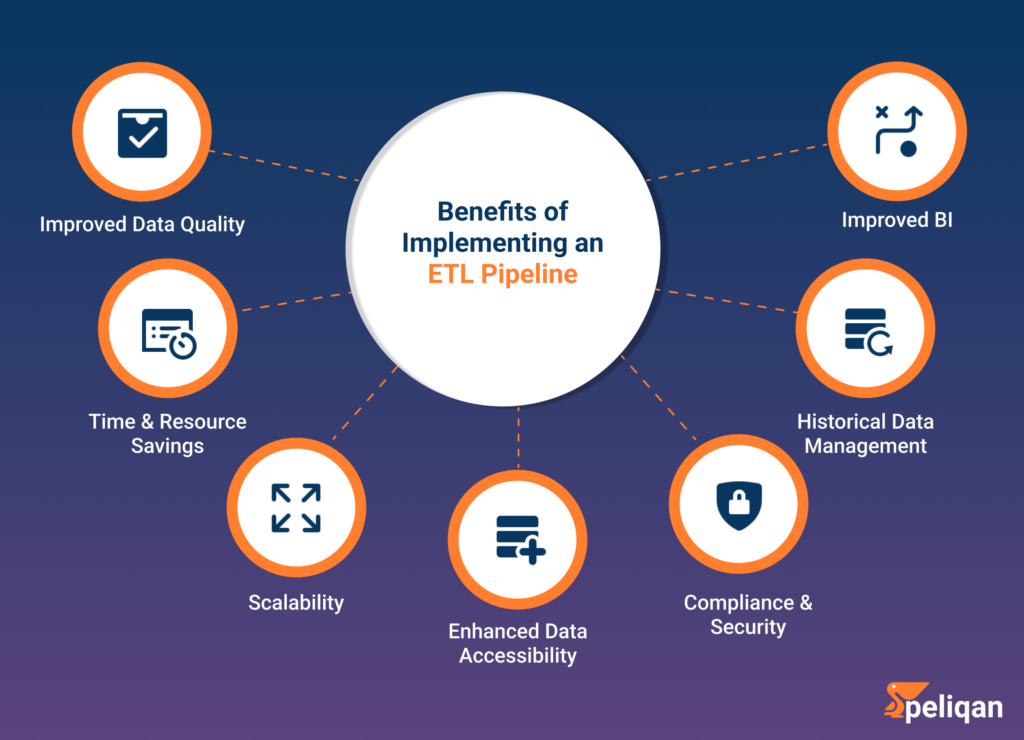
1. Improved Data Quality
ETL pipelines include built-in data cleansing and validation processes, ensuring that the data loaded into your target system is accurate, consistent, and reliable. This improved data quality leads to more trustworthy insights and better decision-making.
2. Time and Resource Savings
By automating the data integration process, ETL pipelines significantly reduce the time and effort required for manual data handling. This efficiency allows your team to focus on higher-value tasks, such as data analysis and strategy development.
3. Scalability
As your data volumes grow, ETL pipelines can be easily scaled to handle increased workloads. This scalability ensures that your data integration processes remain efficient and effective, even as your organization expands.
4. Enhanced Data Accessibility
ETL pipelines consolidate data from multiple sources into a single, unified format. This centralization makes it easier for various departments and stakeholders to access and analyze the information they need, promoting data-driven decision-making across the organization.
5. Compliance and Security
Many ETL tools include features for data governance, security, and compliance. This helps organizations meet regulatory requirements and protect sensitive information throughout the data integration process.
6. Historical Data Management
ETL pipelines can be designed to maintain historical data, allowing organizations to track changes over time and perform trend analysis. This historical perspective can be invaluable for long-term strategic planning.
7. Improved Business Intelligence
By providing clean, structured data to analytics tools, ETL pipelines enable more accurate and insightful business intelligence. This can lead to better-informed decisions and a competitive advantage in the marketplace.
With these benefits in mind, it’s clear that ETL pipelines can significantly enhance an organization’s data management capabilities. However, to truly harness the power of ETL, it’s important to follow best practices during implementation and maintenance.
ETL Pipeline Use Cases
ETL pipelines have a wide range of applications across various industries. Here are some common use cases:
1. Business Intelligence and Analytics
ETL pipelines are crucial for preparing data for business intelligence tools. They aggregate data from multiple sources, clean it, and transform it into a format that’s optimized for analysis and reporting.
2. Customer Relationship Management (CRM)
Organizations use ETL pipelines to integrate customer data from various touchpoints (e.g., website, mobile app, in-store purchases) into a centralized CRM system, providing a 360-degree view of customer interactions.
3. Financial Reporting
In the finance sector, ETL pipelines consolidate data from different financial systems, ensuring accurate and timely reporting for regulatory compliance and internal decision-making.
4. Healthcare Data Management
ETL pipelines help healthcare providers integrate patient data from various sources (e.g., electronic health records, lab results, billing systems) to improve patient care and operational efficiency.
5. E-commerce Operations
Online retailers use ETL pipelines to integrate data from multiple channels, manage inventory, analyze customer behavior, and optimize their supply chain.
6. IoT Data Processing
As the Internet of Things (IoT) generates massive amounts of data, ETL pipelines are essential for collecting, processing, and analyzing this data to derive meaningful insights.
7. Data Migration
When organizations upgrade or change their systems, ETL pipelines facilitate the smooth transfer of data from legacy systems to new platforms.
These use cases demonstrate the versatility and importance of ETL pipelines in modern data management strategies.
ETL Pipeline Best Practices
To ensure the success of your ETL pipeline, consider implementing these best practices:
1. Define Clear Objectives
Before designing your ETL pipeline, establish clear goals and requirements. Understand what data you need, how it will be used, and who will be accessing it. This clarity will guide your decisions throughout the implementation process.
2. Choose the Right Tools
Select ETL tools that align with your organization’s needs, technical capabilities, and budget. Consider factors such as ease of use, scalability, and integration with your existing systems. Popular ETL tools include Apache Nifi, Talend, Informatica PowerCenter, and AWS Glue.
3. Prioritize Data Quality
Implement robust data validation and cleansing processes within your ETL pipeline. Regularly monitor and maintain data quality to ensure the accuracy and reliability of your insights. This may involve setting up data quality rules, implementing data profiling techniques, and establishing a data governance framework.
4. Optimize Performance
Design your ETL pipeline for efficiency by:
- Minimizing data movement
- Parallelizing tasks where possible
- Using incremental loading for large datasets
- Implementing caching mechanisms
- Optimizing database queries and indexing
Regularly monitor your pipeline’s performance and look for opportunities to optimize bottlenecks.
5. Implement Error Handling and Logging
Develop comprehensive error handling and logging processes to quickly identify and resolve issues in your ETL pipeline. This proactive approach will help maintain the integrity of your data integration processes. Consider implementing:
- Detailed error messages and stack traces
- Alerts for critical failures
- Retry mechanisms for transient errors
- Logging of all ETL operations for auditing and troubleshooting
6. Ensure Scalability
Design your ETL pipeline with future growth in mind. Choose tools and architectures that can scale horizontally to accommodate increasing data volumes and complexity. Consider cloud-based solutions that offer elastic scaling capabilities.
7. Maintain Documentation
Keep detailed documentation of your ETL processes, including:
- Data sources and their characteristics
- Transformation rules and logic
- Loading procedures and schedules
- Data lineage information
- System dependencies and configurations
This documentation will be invaluable for troubleshooting, onboarding new team members, and making future updates.
8. Implement Version Control
Use version control systems to manage your ETL code and configurations. This allows you to track changes, roll back to previous versions if needed, and collaborate effectively with team members.
9. Plan for Data Recovery
Develop a robust backup and recovery strategy for your ETL pipeline. This should include regular backups of both the data and the ETL configurations, as well as a tested disaster recovery plan.
10. Continuously Monitor and Improve
Implement monitoring tools to track the performance and health of your ETL pipeline. Regularly review metrics such as processing time, data quality scores, and resource utilization. Use this information to continuously improve and optimize your pipeline.
By following these best practices, you can create a robust and efficient ETL pipeline that delivers reliable, high-quality data to support your organization’s decision-making processes.
Challenges in ETL Pipeline Implementation
While ETL pipelines offer numerous benefits, implementing and maintaining them can present several challenges. Being aware of these potential hurdles can help you plan and mitigate risks effectively:
- Data Volume and Variety: As organizations deal with increasingly large and diverse datasets, ETL pipelines must be designed to handle high volumes of data from various sources. This can strain system resources and require careful optimization.
- Data Quality Issues: Poor data quality in source systems can lead to issues downstream. ETL pipelines need robust data cleansing and validation mechanisms to ensure the integrity of the transformed data.
- Performance Bottlenecks: As data volumes grow, ETL processes can become time-consuming, potentially impacting system performance and data freshness. Identifying and resolving performance bottlenecks is an ongoing challenge.
- Changing Business Requirements: Business needs evolve, requiring frequent updates to ETL processes. Maintaining flexibility while ensuring stability can be a delicate balance.
- Security and Compliance: Ensuring data security and compliance with regulations (e.g., GDPR, NIS2) throughout the ETL process is critical but can add complexity to pipeline design and management.
- Skill Gap: ETL processes often require specialized skills in data modeling, SQL, and specific ETL tools. Finding and retaining skilled professionals can be challenging.
- Maintenance Overhead: As ETL pipelines grow in complexity, maintaining and updating them can become time-consuming and resource-intensive.
Addressing these challenges requires a combination of careful planning, robust architecture, and ongoing monitoring and optimization.
The Future of ETL: Emerging Trends
As technology advances and data requirements become more complex, the world of ETL is evolving. Here are some emerging trends to watch:
1. Real-time ETL
Traditional batch-based ETL processes are giving way to real-time or near-real-time data integration. This shift allows organizations to access up-to-the-minute data for more timely decision-making. Technologies like Apache Kafka and Apache Flink are enabling this transition to stream processing.
2. Cloud-based ETL
With the increasing adoption of cloud computing, many organizations are moving their ETL processes to the cloud. Cloud-based ETL offers benefits such as scalability, cost-effectiveness, and easier maintenance. Services like AWS Glue, Google Cloud Dataflow, and Azure Data Factory are gaining popularity.
3. ELT (Extract, Load, Transform)
Some organizations are adopting an ELT approach, where data is loaded into the target system before transformation. This can be more efficient for large datasets and takes advantage of the processing power of modern data warehouses. This approach is particularly popular with cloud data warehouses like Snowflake and Amazon Redshift.
4. Data Virtualization
Data virtualization creates a virtual layer that allows users to access data from multiple sources without physically moving it. This approach can complement traditional ETL processes for certain use cases, especially when real-time access to source data is required.
5. AI and Machine Learning in ETL
Artificial intelligence and machine learning are being incorporated into ETL processes to:
- Automate data quality checks
- Identify patterns and anomalies in data
- Optimize performance through intelligent scheduling and resource allocation
- Suggest data transformations based on data profiling
6. Self-service ETL
As organizations strive for greater agility, there’s a growing trend towards self-service ETL tools that empower business users to create and manage their own data pipelines with minimal IT intervention.
7. DataOps and ETL
The principles of DataOps – applying DevOps practices to data analytics – are being increasingly applied to ETL processes. This involves continuous integration and delivery, automated testing, and close collaboration between data engineers and data consumers.
8. Metadata-driven ETL
Metadata-driven approaches to ETL are gaining traction, where the ETL process is dynamically generated based on metadata definitions. This can greatly enhance flexibility and reduce maintenance overhead.
As these trends continue to shape the data integration landscape, organizations must stay informed and adapt their ETL strategies accordingly.
Conclusion
ETL pipelines are the backbone of modern data integration, enabling organizations to transform raw data into valuable insights. By automating the process of extracting, transforming, and loading data, ETL pipelines improve efficiency, data quality, and decision-making capabilities.
As we’ve explored in this guide, implementing an ETL pipeline requires careful planning, the right tools, and adherence to best practices. By following these guidelines and staying abreast of emerging trends, organizations can build robust data integration processes that drive success in today’s data-driven world.
Whether you’re just starting your ETL journey or looking to optimize your existing processes, remember that effective data integration is an ongoing effort. Continuously evaluate and refine your ETL pipeline to ensure it meets your organization’s evolving needs and keeps you ahead in the competitive landscape.




